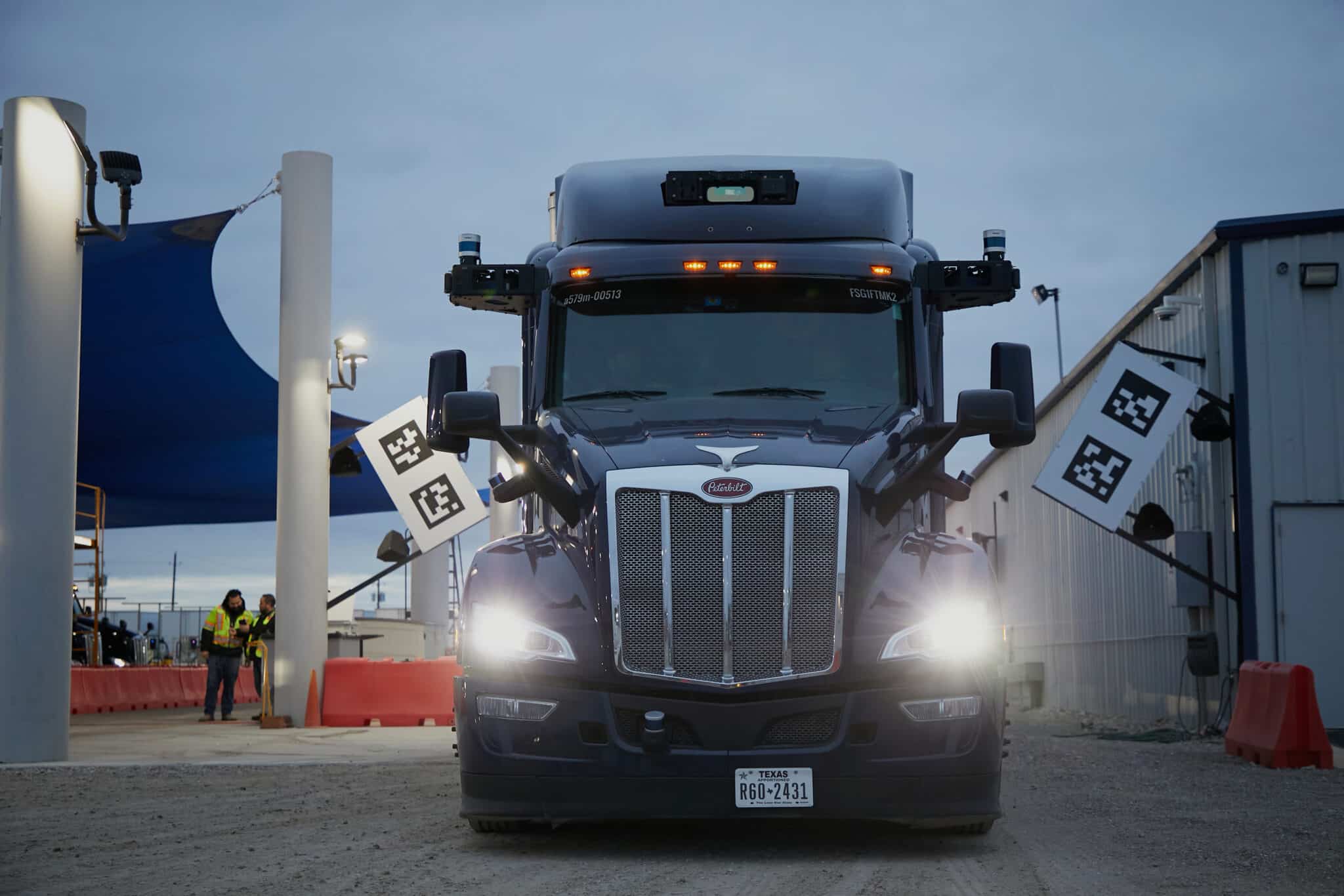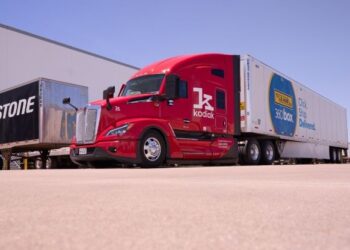Kodiak AI, Paccar weigh in on liability, insurance questions looming over autonomous trucking
Autonomous truck insurance market could reach $14B by 2033
Liability and insurance questions are casting an air of uncertainty over autonomous trucking despite strong market momentum.
The autonomous truck insurance market is projected to hit $13.8 billion by 2033, a more than fivefold increase from $2.7 billion in 2024, driven by growing demand for tailored insurance solutions that address the unique risks associated with autonomous technologies, according to research and consulting firm DataIntelo.
In fact, autonomous trucking company Bot Auto recently secured a “comprehensive insurance program” placed by insurance broker Marsh, providing auto liability, property, general liability, cargo and inland marine protection, along with a cybersecurity policy, according to a Nov. 12 Bot Auto release.
The financing landscape is also coming into focus for autonomous trucks, with lenders beginning to explore:
- Asset-backed loans,
- Usage-based financing; and
- Full-service leasing structures.
Who’s liable?
Despite steady strides toward widespread deployment, liability questions persist, Ann Rundle, a research analyst at ACT Research, said during a Nov. 18 webinar about the future of autonomous trucking. In the event of an accident, it’s unclear if the OEM, the technology provider or the fleet operator is liable, and which party should assume the most risk, she said.
Industry professionals expect insurance providers to make determinations on a case-by-case basis, Daniel Goff, vice president of external affairs at autonomous technology provider Kodiak AI, said during the webinar.
“I think there will be questions about where the line between [vehicle insurance] and product-liability kinds of insurance policies fall,” he said.

In some cases, the technology provider may assume liability when its driverless system is fully engaged, as is the case with Kodiak’s autonomous system, Josh Hankins, senior vice president at JB Hunt Transport Services, said.
Insurance providers are also exploring shared-risk models, pooling the involved entities into a single plan, Rundle said.
Data is key
Autonomous trucks’ ability to collect and transmit data in real-time could help insurers determine liability share while eliminating the need for crash-scene reconstruction, Paul Konasewich, general manager at commercial vehicle OEM Paccar, said during the webinar.
“For the insurance folks, they love this technology because it provides so much data when there’s an incident that there’s really no question about what happened,” he said. “That just brings a lot of efficiency to legal processes. You don’t need to spend any time or money on the reconstruction because you just rewind and hit play.”

While advanced data collection is expected to bolster the insurance landscape — and potentially lower premiums if the data validates safety — the tech-heavy nature of autonomous trucks poses cyber liability concerns, Eryn Brasovan, an insurance lawyer at Womble Bond Dickinson, previously told Equipment Finance News.
“When the entire operation of the vehicles is computers, what happens in terms of cyber liability if those are able to be hacked in any event? So you’ll likely see a shift in coverage there, too,” she said.
Register here for the free Equipment Finance News webinar “Tech-driven risk management: How innovation is reshaping equipment finance” set for Tuesday, Dec. 9, at 11 a.m. ET.








